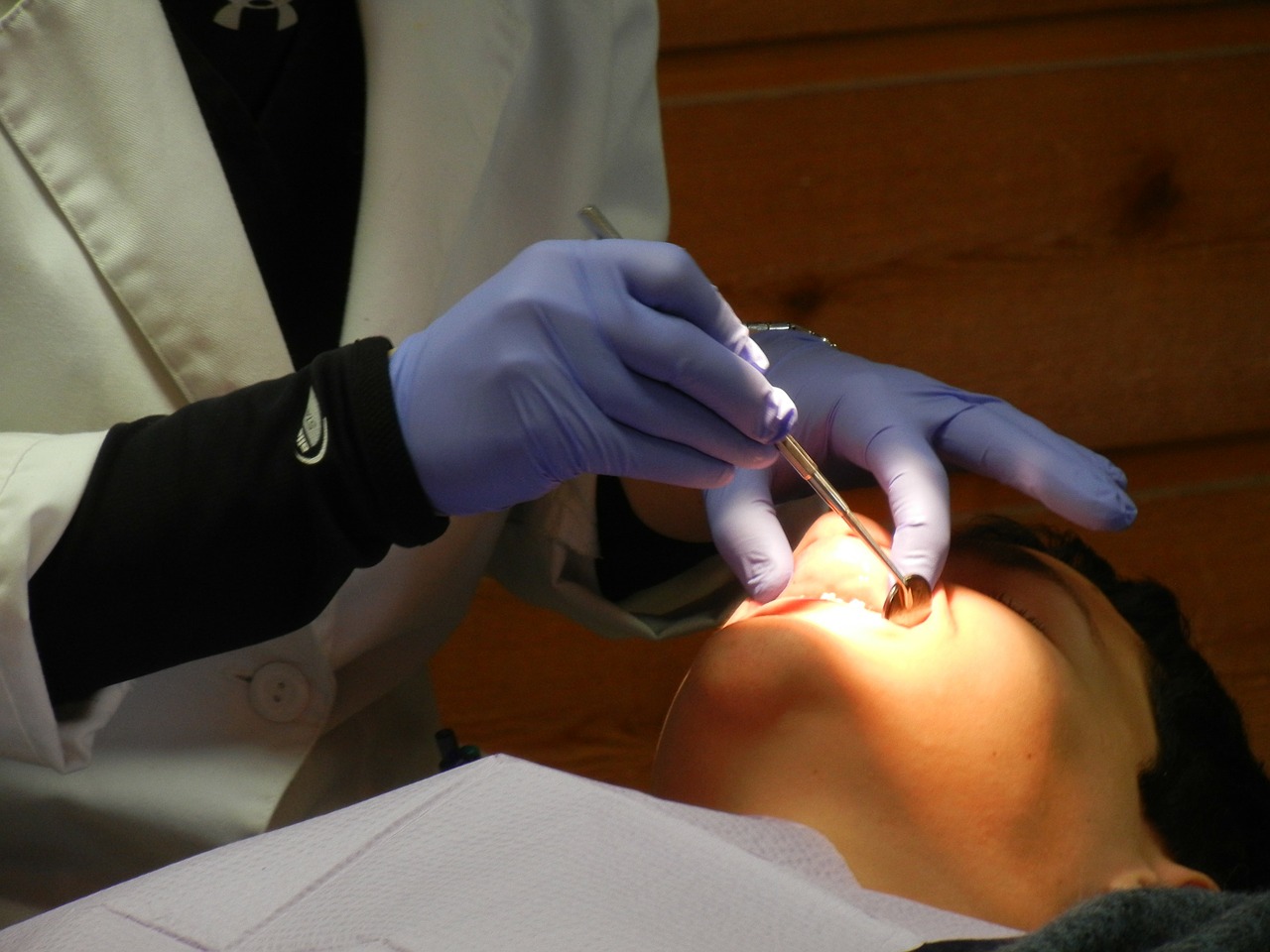In short, it is a clear aligner that is used to straighten teeth. Physically, it is a piece of clear plastic that you wear over your teeth; it’s fairly subtle, due to it being clear and thin. Most people who wear them go about their day with a second thought. Best of all, Invisalign W1 may be available at your local dental surgery.
The manufacturing of the aligners is not like most mass manufacturing; each brace has to be made for the patient’s individual requirements and no two aligners are the same.
What makes this clear aligner possible are a few key technologies you might never have considered to be related to dentistry, computing and 3D printing.
Computer dentistry
 The goal of these aligners is to straighten your teeth by applying force to the surface of each tooth, causing them to move. This is similar to braces but the force in a regular brace is applied via an anchor point on the tooth. The force from a brace is generated by tightening the archwire, sometimes with the assistance of rubber bands. Clear aligners use the springiness from the plastic they are made from to move the teeth, so the shape of the aligner is crucial.
The goal of these aligners is to straighten your teeth by applying force to the surface of each tooth, causing them to move. This is similar to braces but the force in a regular brace is applied via an anchor point on the tooth. The force from a brace is generated by tightening the archwire, sometimes with the assistance of rubber bands. Clear aligners use the springiness from the plastic they are made from to move the teeth, so the shape of the aligner is crucial.
Using a very accurate computer image of the human mouth (made from anatomical records looking at the strength and tolerances of bone and gums), along with the patient’s dental scans, it is possible to create a set of suitable aligners. The starting position of the teeth through to the end positions can then be calculated, using specialist software and the skill of either an orthodontist or dentist trained in invisible braces.
From this, a vector map of forces is generated; it shows how hard each tooth surface needs to be pushed with the emphasis on using the minimum force to move the teeth with less discomfort. The software creates an aligner, specially formed to generate the forces predicted by the vector map.
The results are a set of digitally modelled aligners that, if worn regularly, will gradually alter the position of the teeth, as predicted in the digital images.
3D printing aligners
The highly personalised aligners present an interesting manufacturing problem; you can use a mould to make a single item, but these require multiple aligners to be made. If you were to handcraft them with the necessary accuracy to be effective, the cost would be very large.
The solution is 3D printing, which was previously only seen in prototyping. The SLS UV 3D printers use a light-cured resin, these resins have been used for years in dentistry to bond veneers and create in-situ crowns. The use of a computer-guided UV laser to build up the clear aligners in 0.02mm layers gives amazing accuracy.
This was the secret source that made clear aligners more affordable; by having the accuracy of a perfectly fitting mouthpiece without the tooling cost or handcrafting, many people are now able to get great smiles without the hefty price tag.



















